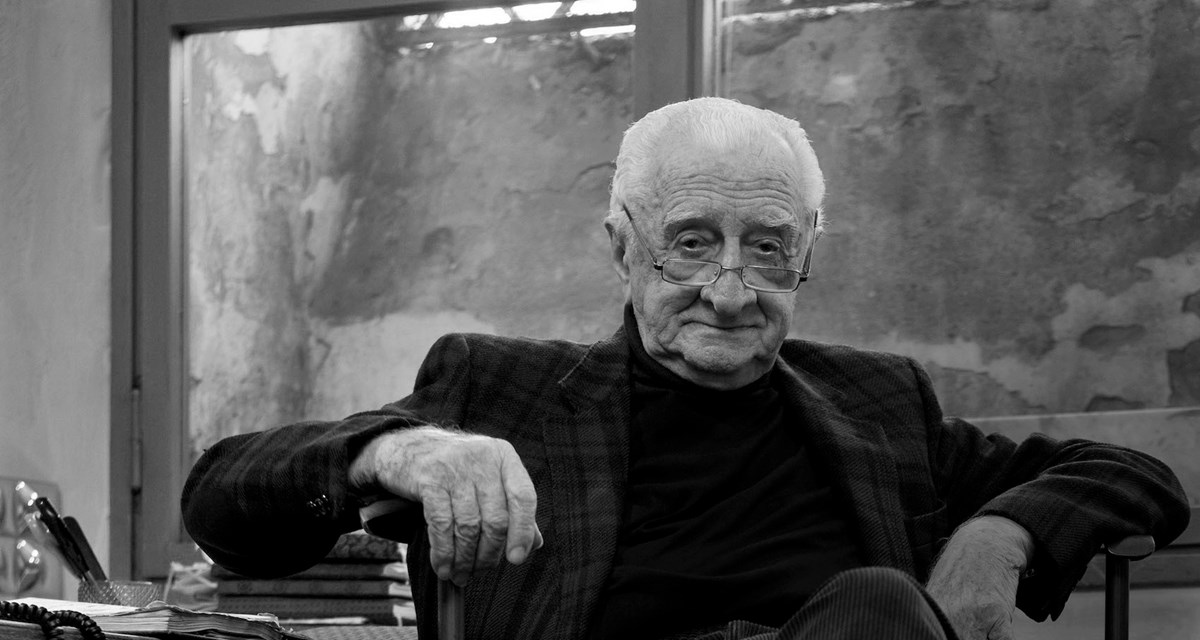ABCD Armchair
- Designer:
- Luigi Caccia Dominioni
- Brand:
- Azucena
We don't appear to have any products related to your search term. Please try again.

Designer
“Luigi Caccia Dominioni found pleasure and inspiration from his frequent collaborations with the many wood, glass, stone, and metal craftsmen of Milan."
Luigi Caccia Dominioni was born December 7, 1913. He was an Italian designer and architect born in Milan from a noble family of Novara. After completing his studies at the Leo XIII Institute, he graduated with a degree in architecture in 1936 from the Politecnico di Milano, where he met many of the influential architects and designers of the time, such as brothers Livio and Pier Giacomo Castiglioni, Cesare Cattaneo, Giannino Bernasconi, and the founders of Studio BBPR. Also in 1936, Luigi Caccia Dominioni started his professional activity in Venice, and, with Livio and Pier Giacomo Castiglioni, he won the competition held at the Vimercate School.
In 1937, he opened a professional studio with Livio and Pier Giacomo Castiglioni and won several design competitions. It was through this partnership that in 1938 they created the first radio designs for the Phonola company, which were later perfected and presented at the 1940 VII Triennale di Milano (Milan Triennial). From 1939 until 1943, he suspended his professional activity to serve in the military during World War II, but in 1943, at the establishment of the Salò Republic (the regime imposed by Nazi Germany), he refused to continue serving the Italian military and fled to Switzerland until the end of the war.He is considered a pioneer industrial designer and one of the leading representatives of what is called the “Milan” style, a concept developed by architect, writer, and BBPR founder Ernesto Nathan Rogers in the late 1940s as the unique design approach of Milan that included technique, theory, and a profound attention to craftsmanship. In fact, it was with this craftsmanship that Luigi Caccia Dominioni found a special affinity; by his own account, he found pleasure and inspiration from his frequent collaborations with the many wood, glass, stone, and metal craftsmen of Milan.
In 1947, Luigi Caccia Dominioni along Ignazio Gardella and Corrado Corradi Dell’Acqua founded the influential and successful furniture manufacturer Azucena, where he went on to design and created numerous lighting and furniture designs. Caccia Dominioni’s designs received the Compasso d’Oro award several times, including for the C.d.o. chair and for the Super door and door handle (1984). Among his most iconic furniture and light designs are the Sasso table lamp and Sasso floor lamp (1948), the Catalina armchair (1950), the T9 carts (1955), the LTE 10 floor lamp (1960), and the Toro sofa and armchair (1973).
In his architectural interventions, Luigi Caccia Dominioni worked with the existing buildings without renouncing the use of new forms and technologies. Among his most notable architectural projects in Milan are the reconstruction of his family home, Casa Caccia Dominioni, in Piazza Sant’Ambrogio (1947–1949), the Loro-Parisini house on via Savona (1951–1957), a residential building on via Nievo (1954–1955), a residential building in Piazza Carbonari (1960–1961), a commercial building on corso Monforte (1963–1964), Casa Geronazzo on via Tamburini (1960–1968), the Biblioteca Vanoni in Morbegno (1965–1966), and, very late in his career, the San Babila fountain in Milan (1996)